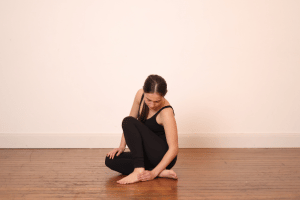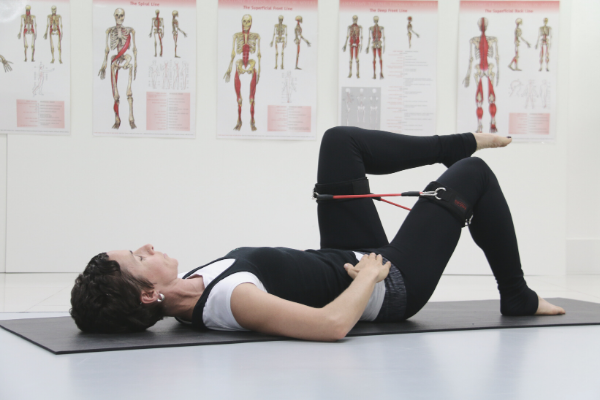- Free Articles
- Shop
- Workshops
- The Dance Educator Series
- Upcoming Workshops
- Workshop FAQ’s
- Workshop Testimonials
- Host Application Form
- Dance Teacher & Health Professional Directory
- Members Areas
- Cart
- My Account
How to get a correct diagnosis
There are often many possible reasons for having a certain pain, which is why it is very important that your therapist gives you a 'differential diagnosis'. This means that they must do specific tests to tell the difference between all of the possible causes for your pain, rather than just assuming what is is due to its location. An accurate diagnosis is essential to tailor your treatment and rehab plan carefully, to get you back dancing as soon as possible. This video will help you give understand the most important things to do or ask when you go to see a therapist to help you get the best possible treatment for any dance injury, to get you back into class, or back on stage as soon as possible!
Use the following points and questions to work with your therapist to get a clear plan in place for your rehab.
1. Trust Yourself:
You are the one who is experiencing the injury so when you are given a diagnosis, make sure that their explanation matches what you are feeling. If it does not, ask more questions until it feels right.
2. Make sure that the injury isn't actually something else:
When you first go to see a Therapist or Doctor they will ask you a lot of questions to try to work out what is going on. They should then do a series of specific tests to determine what structures are injured so that they can work out the most appropriate treatment. Get them to write down exactly what they think your diagnosis is, and what it is not. It must be a "differential diagnosis" between all of the different conditions that can give pain in the same area.
3. Find out what structures are involved and how long the healing will take:
Does your injury involve the bone, cartilage, tendon, muscle or a combination of several structures? This will really help determine the most effective and efficient treatment and rehab plan. Ask what the normal healing time-frame would be and remember that this can be a very hard question for a therapist to answer!
4. "How can I assist the healing?":
Therapists love this question! Things that you can do may involve dietary changes, icing, contrast bathing or compressive bandages etc. You may also need to load the area to make sure that the fibres of the muscle or tendon align properly. Instead of assuming that you should use the historic R.I.C.E protocol, look into the newer protocols for acute injuries including BE CALM and PEACE and LOVE.
Always check with your therapist as to "What am I allowed to do?". Check whether you are allowed to walk, swim, participate in any type of dance class, or climb stairs. It is very important to continue training the rest of your body in some way. Just because you have injured one area does not mean that you cant work other parts of your body.
Also get a list of what you must NOT do i.e. You may need to tape your foot off your full pointe range when swimming to avoid compressing the back of the ankle if you have Posterior Impingement and you may need to avoid jumping for a period of time if you have developed a stress fracture. For more information on 'Relative Rest' CLICK HERE.
5. "Do I need to get any X-rays or other scans done?":
This is often not needed, so do not worry if they say no. We want to limit the amount of radiation that you are exposed to however, scans can helpful if it is a very difficult, complicated injury, one that is slow to heal, or to clarify a differential diagnosis.
6. Try to find a therapist who specialises in dance:
It is helpful if you have a therapist who is used to treating dancer, however many people won't have access to a dance physio. Do not worry if they are not specialised in working with dancers, as there are many other amazing therapists. Just keep in mind that you may need to explain any specific dance terminolgy or requirements.
Injury Resources
If you are looking to delve deeper into this topic, check out the following programs:
Will I Ever Dance Again: The “Will I Ever Dance Again?” program is perfect if you are unable to train at full capacity, whether this is due to a foot injury, surgery, an accident or illness outside of the studio. It helps you build back to full capacity gradually while maintaining strength, flexibility and control in the rest of the body.
Level One Dance Teacher and Therapist Training: This unique course covers a multitude of assessment and treatment techniques to individualise a dancer's training. With special focuses on Postural Control, Core Stability, Flexibility, Basic Classical Technique, The Dancers Hip, Allegro, Spinal Mobility and Arabesques, it is suitable for anyone working closely with dancers.












